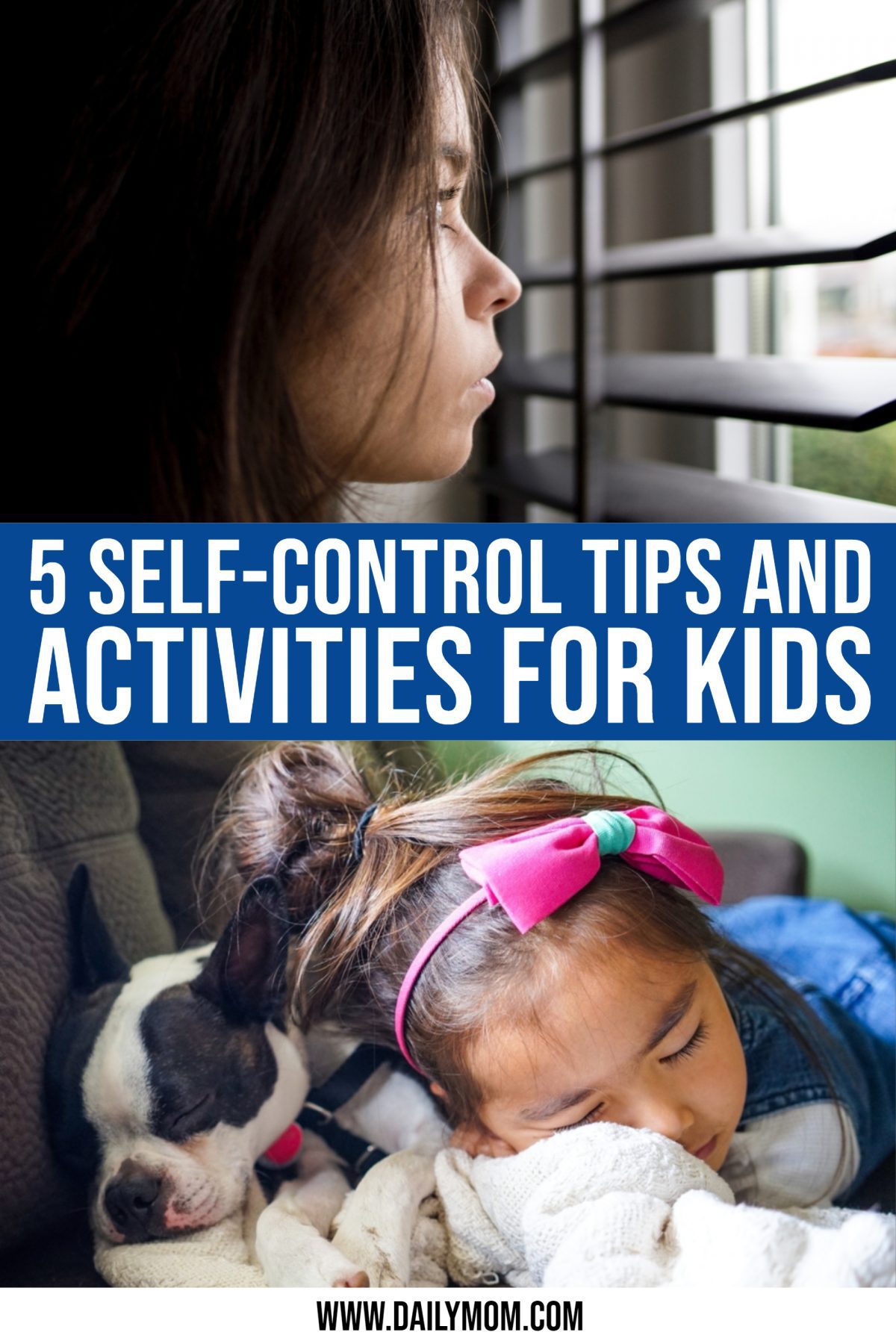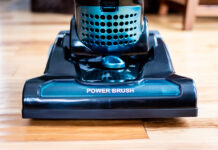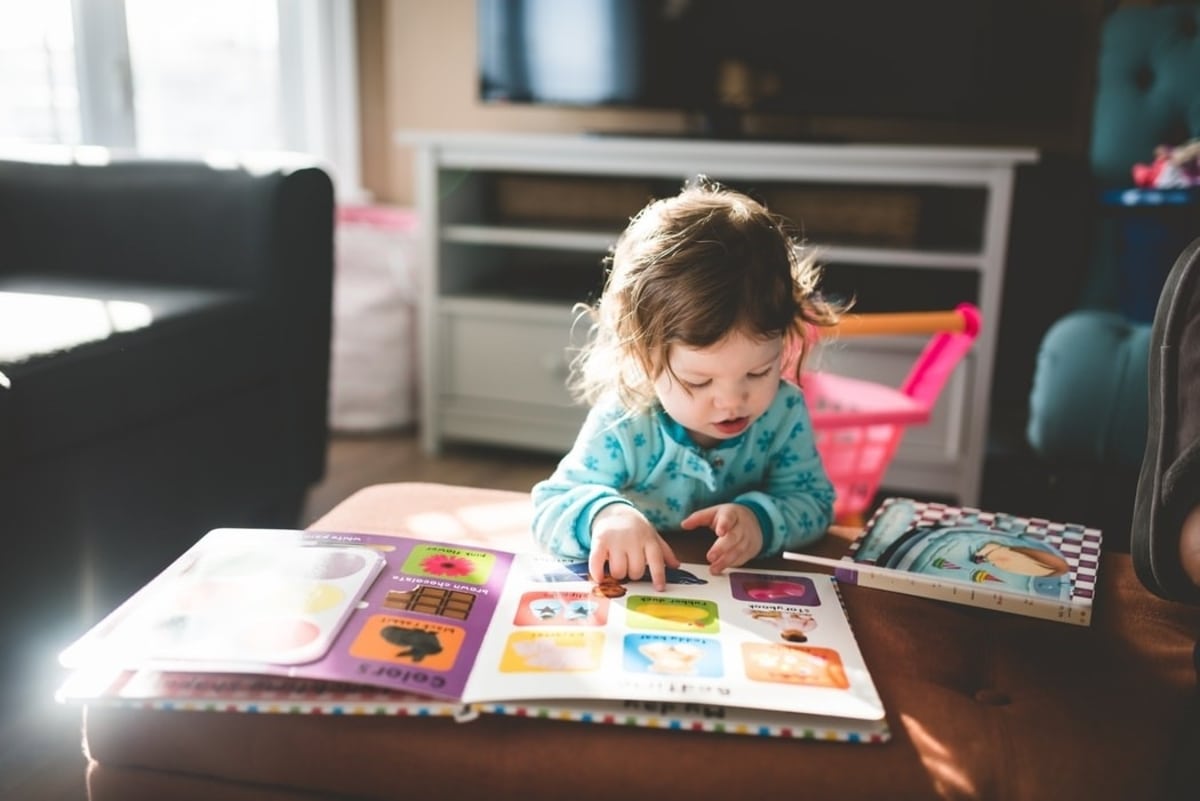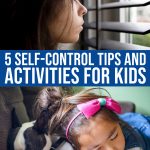In today’s world, with everything available at their fingertips (not to mention sensory overload) and the fact that they are constantly downloading, upgrading, and advancing at lightning speed, it is becoming increasingly harder to teach children that good things come to those who wait. Today’s technology-driven society never stops – allowances are spent on upgrading to the newest gadget the minute it is released, media-driven peer pressure surrounds them at the flip of a switch, and a thousand pictures can be snapped and shared in a second never to really be deleted.
It is important that our children are taught from an early age to know when to stop, think, and make good decisions before big mistakes that can carry even bigger consequences are made. Depending on your child’s age, there are things you can do to reemphasize the value of patience and self-control.
Self-Control Activity for Kids #1: Time Out
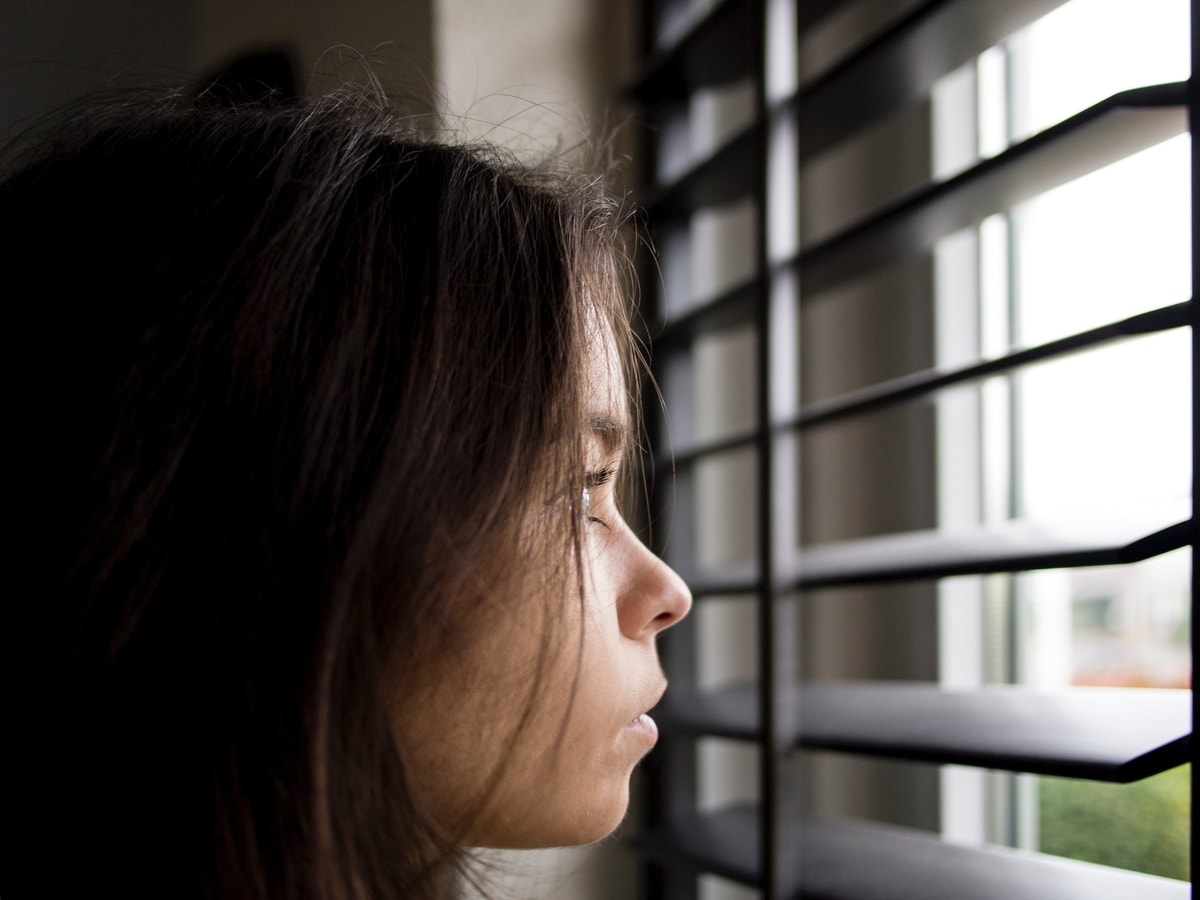
While taking a time out can certainly zap all the fun out of a little one’s day, but it can also be a much needed moment of pause (and reflection if you are lucky!). This is not just about sending little Susie to the designated time out chair for two minutes mid-temper tantrum. Time out can be used when you see signs that trouble is brewing — stress levels are heightening, expressions are hardening, voices might be rising.
Teach your child to counter stress and conflict by taking a brief break from the situation and coming back to it when their mind is calmer. If they are really young, you can help by offering a positive distraction (this is a good time to practice counting or saying the alphabet!). If they are old enough to understand, suggest that they take time to themselves for a few minutes.
This self-control activity for kids is something you can start young – preschoolers can learn to take a “time out” when they are getting mad or having trouble listening. As they get older, kids can apply this to all sorts of situations – when they are struggling with a particularly difficult homework problem, having an argument with a friend, or getting angry while playing a video game.
This self-control activity for kids can also be applied to social media – cyberbullying is real and serious. Teach your kids to walk away from heated debates online to clear their heads before they post something that could have serious implications.
Tip: Come up with a cue like “Take Two” or “Take a Break” when you see a meltdown coming, tempers rising, (or any other This will hopefully teach your child to do this on their own before a full-blown tantrum ensues. Part of teaching self-control is learning to manage stress levels and tuning into your surroundings, rather than tuning them out.
Self-Control Activity for Kids #2: Set Limits
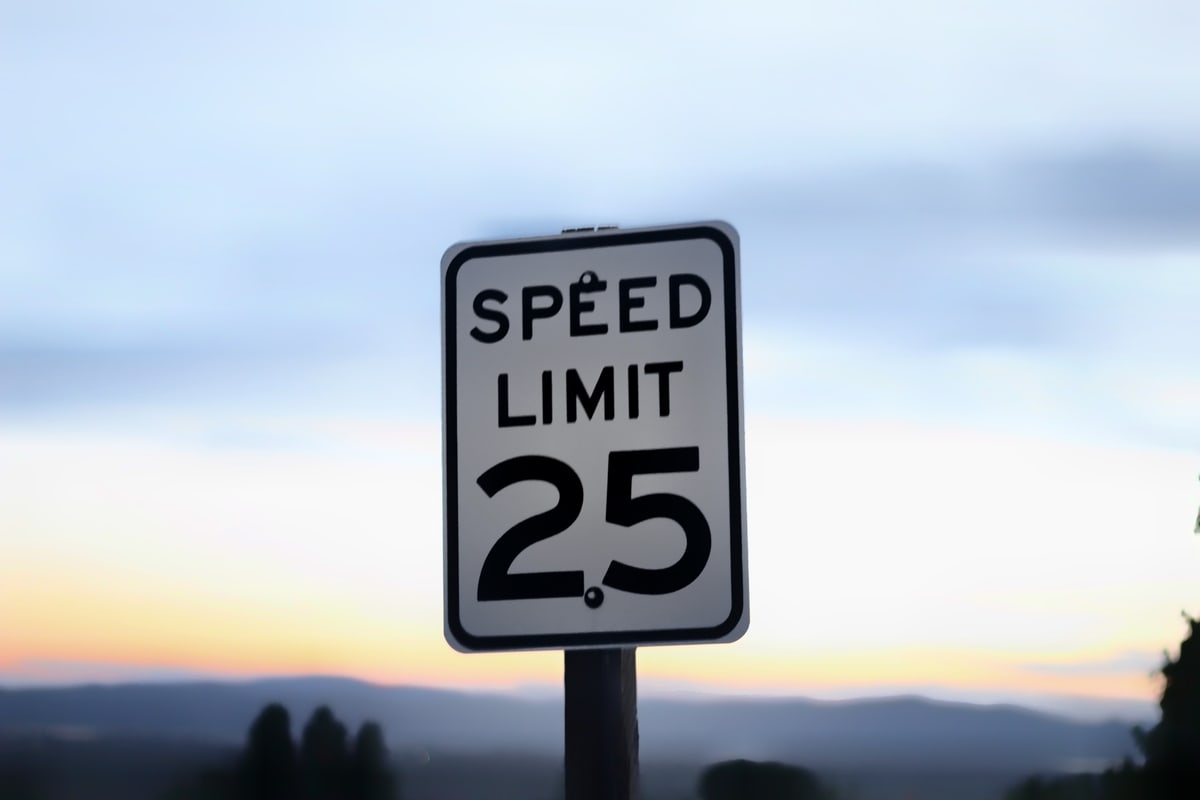
Another important self-control activity for kids is to set limits and, as crazy as it sounds, hope your child pushes those limits at least a few times! Children learn that there are consequences to their actions when they break them. This lesson is better for them to learn at home and with you, than out in the real world.
Enforce limits at home and be sure to have well-known consequences in place when those limits are broken. Once broken (because they are kids and life is a learning process – it is bound to happen), enforce the consequences and remain consistent every time. Once a child learns that there are consequences for their actions, they will begin to stop and think, weighing right from wrong.
Setting and enforcing limits should start young. Preschoolers can learn not to hit because they are angry and to share toys. Older kids can have limits on screen time, such as until after homework is finished or only during a designated time of the day. If those limits are broken, the consequences should be enforced immediately – a preschooler who hits another child should get a time out right away and a middle-schooler who sits down in front of the television before homework is done should lose his screen privileges for the rest of the night (or whatever the consequences are in your house).
Tip: Have older kids help set their own consequences. Discuss what they think are fair consequences for certain limits. This way they can be part of the process and not just feel like everything around them in being dictated, which it often is. The real goal here is to get their brains thinking about the consequences of the actions they take. Hopefully, this translates into good decision making – if I get caught cheating on this test, I could get a zero and my teacher will lose trust in me or if I post this picture on the internet, it will never go away.
Self-Control Activity for Kids #3: Delay Gratification

Remember what it was like in the fourth grade to recite every word on your spelling list over and over up until the day of the test, then ace it in no time? Another important self-control activity for kids to learn is delayed gratification. In other words, good things come to those who wait! Encourage delayed gratification by encouraging your child to work hard towards attainable future goals, whether it is practicing for sports try-outs, studying for a big test, saving up weeks of allowance for that new video game, or keeping their room clean the week before a sleepover.
Delayed gratification reinforces the concept of patience, hard work, and determination. It also brings about some of the best feelings, feelings that your children should not miss out on. Help your child to understand the importance and excitement in delayed gratification, and praise them for achieving or earning something for which they have worked so hard. Show them how good it feels to work hard at something and then get it.
Tip: Consistency and rewards are key to this self-control activity for kids. You may have heard of The Marshmallow Test – preschoolers were given the choice between eating one marshmallow now or if they waited they could have two marshmallows later. The kids who were better at waiting went on to perform better on scholastic achievement tests, were more likely to finish college, and less likely to develop substance abuse problems.
When this research was revisited and the element of expectations was added, it was found that it only took a few disappointments to reduce a child’s willingness to delay gratification. It turns out that our willingness to wait depends on how we weigh the risks and benefits – if experience has taught you that adults do not keep their promises, why wait patiently for a reward that you may or may not get?
Self-Control Activity for Kids #4: Be Responsible

Learning to be responsible is another important self-control activity for kids to learn early. What does responsibility have to do with self-control? Self-control is all about personal responsibility. One way to incorporate this self-control activity for kids into daily life is to assign your kiddos a few chores that they are responsible for doing every day or every week. Chores can do amazing things. Not only do they help get things done around the house, but they also help build a sense of responsibility in kids from an early age. Simply giving them a job to complete on a consistent basis will give them a sense of responsibility, and ultimately builds character.
Chores are not the only way kids should learn responsibility. They should also be responsible for their things, in an age-appropriate way. Preschoolers can help pick up toys and older kids need to learn to be responsible for not losing their coats at school or their phones when they go to a friend’s house.
If a toy gets broken when they were asked to put it away, they learn that they need to be responsible for their things. Teaching responsibility in these ways will help build their awareness about being responsible for other things in their lives, like their actions. For instance, if you are rude to someone and then you need that person’s help later on, that person may not be willing to help you out (This self-control activity for kids also helps with that learning consequences one too!).
Tip: It can be hard to know when to start incorporating chores with younger children, especially if their idea of putting silverware away from the dishwasher is not quite as – ahem – organized as yours, but start with easy tasks like putting their plates in the sink after a meal or picking up their toys before bedtime.
Self-Control Activity for Kids #5: Take a Break
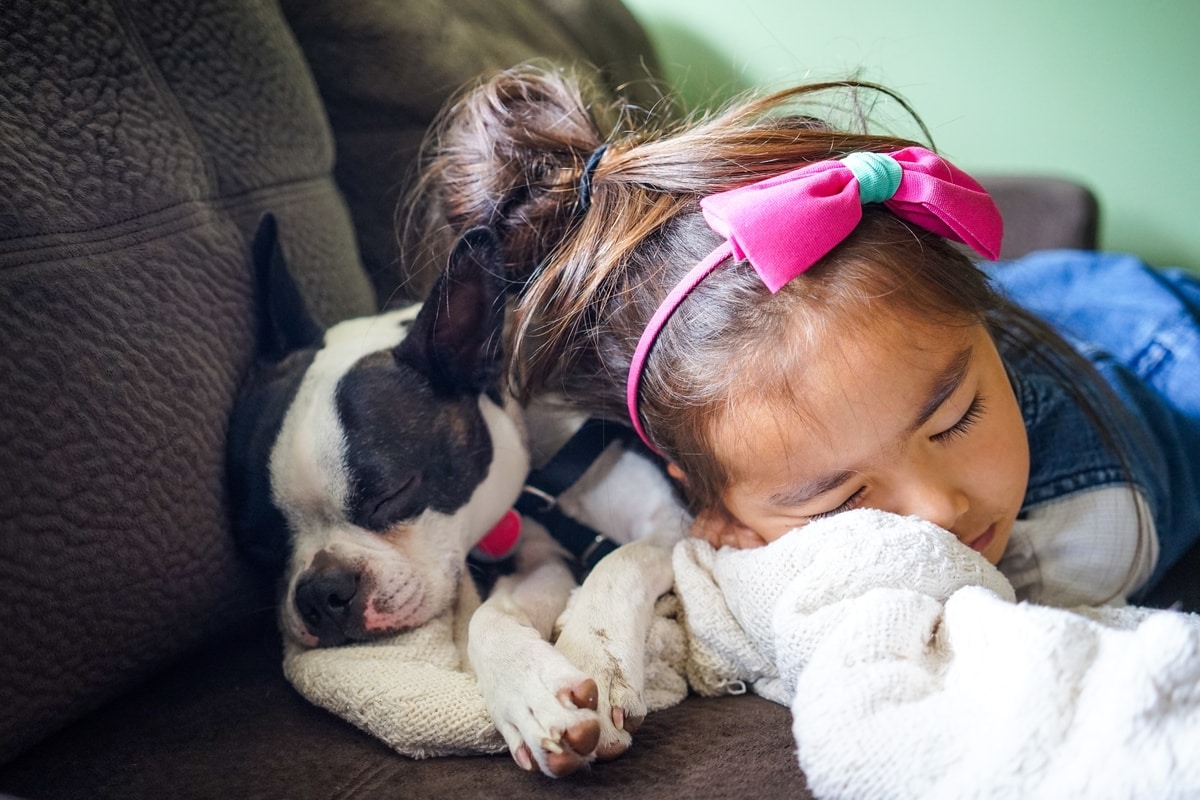
Kids are frequently constantly on-the-go. So many of our schedules today are jam-packed with school, sporting events, tutoring, music lessons, meetings, playdates, and work. A self-control activity for kids that is actually the opposite of an activity is giving kids a break and allowing them some downtime. Maintain a “do-able” schedule where your child is not overwhelmed with endless activities. Kids benefit when they have a break every now and then from having to follow directions.
Studies show that kids (and adults) do not maintain the same level of self-control over time. If you give them two difficult tasks to complete one after the other, they will typically show less self-control while completing the second task. There are two reasons for this drop in self-control. One is that our brains get too tired and lose the energy to maintain self-control. The second is that our brains are designed to find a balance between doing things that are hard and finding easy rewards – like when you skip ahead to the one quick and easy task on your to-do list so you can feel the accomplishment of crossing it off your list and then going back to a harder task.
Tip: Giving kids a break lets them recharge. Some studies suggest that kids learn faster when they get a little downtime. So let the kids take a little break from school work when they first get home or only enroll them in one or two after school activities so that all of their (and your!) evenings are not packed with rushing from one thing to the next.
Being able to regulate yourself is an important lesson to learn as a kid. Research shows that kids with poor self-control are at higher risk for poor health outcomes like obesity and drug addiction later in life. Each self-control activity for kids in this list is an important piece to instilling a sense of self-control and patience that will hopefully help your children determine right from wrong and needs versus wants as they grow older.
WANT TO READ MORE?
Check out this article on How You Can Help Your Child Discover Their Best Self.
